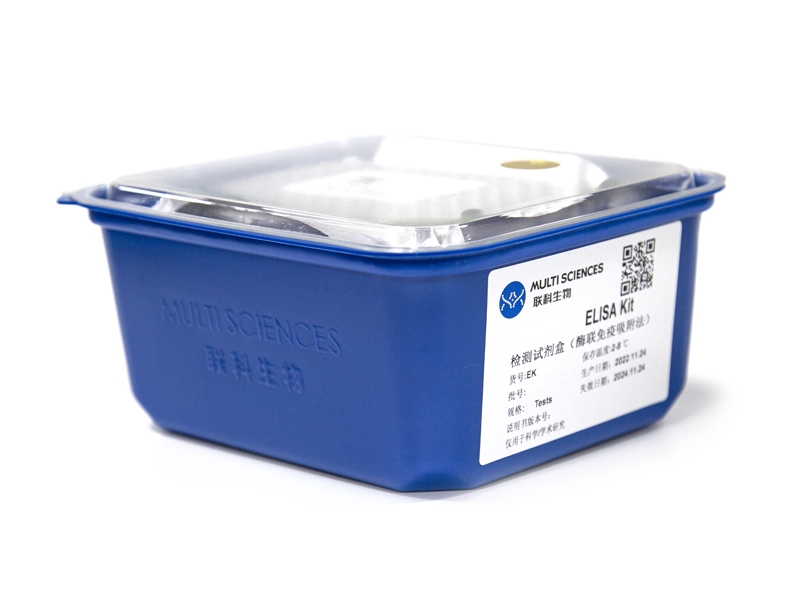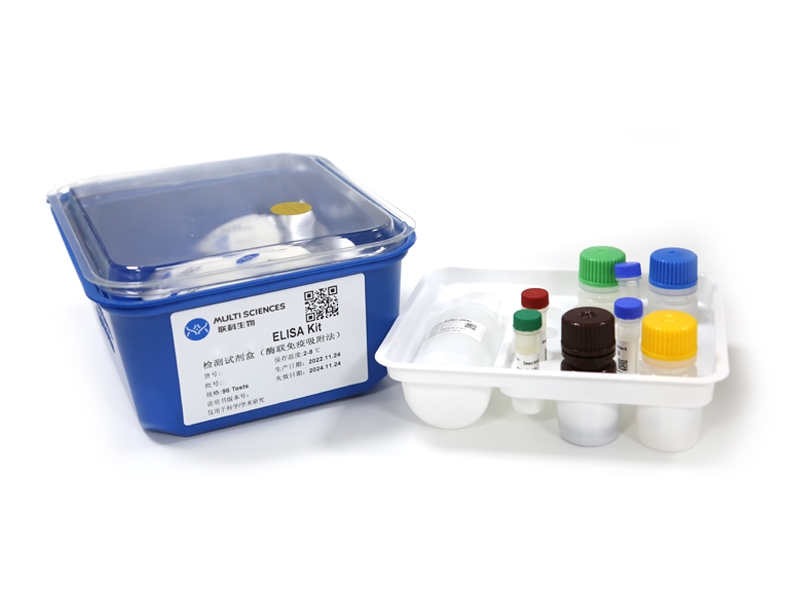Bacterial colonization, prolonged inflammatory phase, angiogenesis difficulties, collagen deposition deficiency, and other serious complications can impede the infected wound repair process, particularly for infected wounds of diabetic patients. Electrical stimulation (ES), as an attractive emerging therapy, has been widely carried out for promoting skin regeneration. Herein, we constructed a conductive antibacterial multifunctional hydrogel combined with exogenous ES as a strategy for Staphylococcus aureus-infected wound healing. The hydrogel is composed of an ionic liquid (1-Vinyl-3-butylimidazolium bromide, [VBIM]Br) polymer network and a polyvinyl alcohol (PVA)-borax dynamic borate network. The [VBIM]Br conferred the hydrogel with excellent electrical conductivity to favor the introduction of ES therapy for wound healing. Moreover, the ionic liquid polymer network endowed the hydrogel with anti-bacterial abilities to kill bacteria, anti-inflammatory capacities to shorten the inflammation period, high transparency to observe the healing process, and excellent protein absorption ability. The dynamic borate bonds in the PVA network provided the hydrogel with self-healing and tissue adhesion properties. Furthermore, the [VBIM]Br composite hydrogel coupled with exogenous ES promoted cell proliferation, migration, angiogenesis, and collagen deposition, which demonstrated great potential in chronic diabetic infected wound repair.
文章引用产品列表
-
- EK282 1454 Citations
- ELISA试剂盒
Mouse TNF-a ELISA Kit检测试剂盒(酶联免疫吸附法)
- ¥1,600.00 – ¥10,800.00
-
- EK210 486 Citations
- ELISA试剂盒
Mouse IL-10 ELISA Kit检测试剂盒(酶联免疫吸附法)
- ¥1,600.00 – ¥10,800.00



